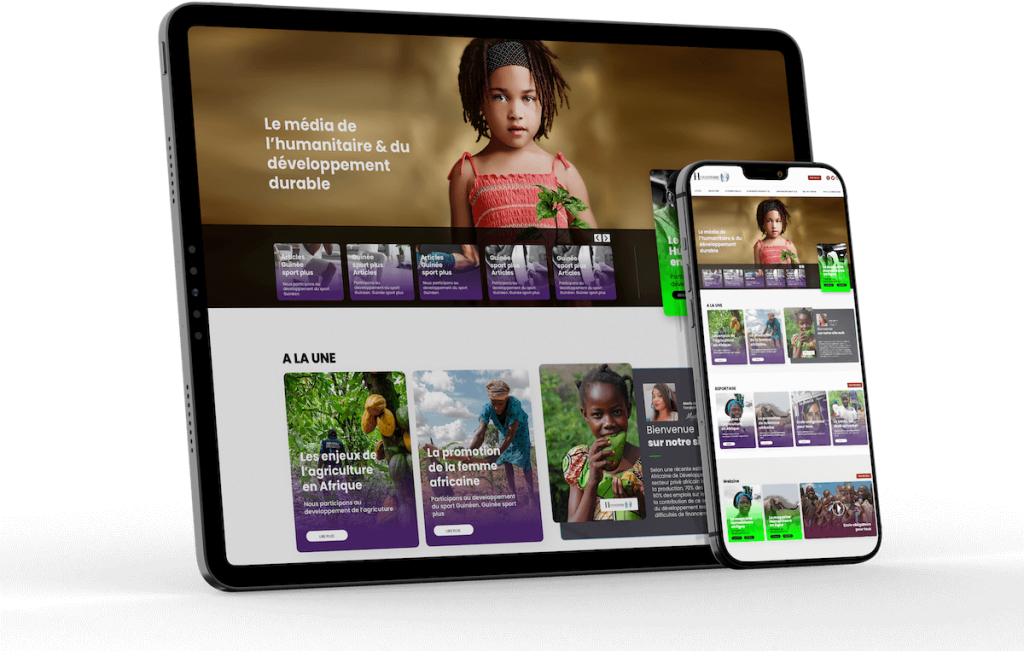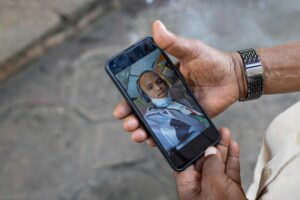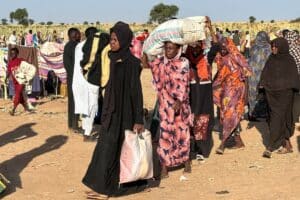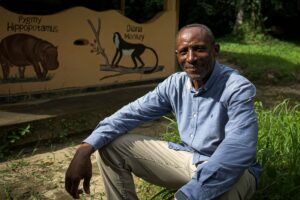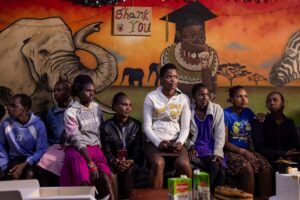April 07, 2024
Goma, DR Congo
“I’m a child of war,” says Rachel Sematumba, sitting in her home, wrapped in a black veil dress. “From the time I was born, in the year of the genocide in Rwanda, to today’s M23, that’s all there has been in Goma: war.
Located in the east of the Democratic Republic of Congo (ex-Zaire), on the border with Rwanda, the provincial capital of North Kivu saw the arrival of almost a million Rwandan Hutu refugees in the summer of 1994, driven by fear of reprisals from the new authorities in Kigali.
Rachel was born in August of that year, when “all the city’s hospitals were clogged with corpses and sick people”, her father, Onesphore Sematumba, recalls with emotion, and a cholera epidemic was decimating refugees and inhabitants by the tens of thousands.
A few months shy of her thirtieth birthday, Rachel is about to give birth to her first child. The doctors have told her it’s due at the end of this week.
On April 7, Rwanda began commemorating the 30th anniversary of the genocide.
Between April and July 1994, some 800,000 Tutsis and moderate Hutus were massacred by the Rwandan army, the “Interahamwe” militia and ordinary citizens. Their objective: total ethnic cleansing of the Tutsis.
Onesphore, a young Zairian in his thirties at the time, was teaching French literature in Rwanda when Rwandan President Juvénal Habyarimana’s plane was shot down over Kigali on the evening of April 6, 1994. This event marked the start of the genocide.
“We were on Easter vacation in Goma,” he recalls. “The school year came to an abrupt halt, and overnight I found myself unemployed,” he continues bitterly.
– Armed incursions –
He remembers the “human tide” which, three months later, flooded into Goma from Rwanda. “Children, old people, cows, battle tanks, trucks, the whole army, the government… it was half a country pouring into the city, without any reception or supervision. With nothing.
At the time, Goma had no more than 300,000 inhabitants and “looked like a big village”, he explains. Before long, “all the open spaces – soccer pitches, churches, schools, traffic circles – started to fill up”.
With cholera, “we started seeing piles of corpses. Refugees were cooking next to moribund people in a state of general indifference. We even saw babies sucking on their mothers’ corpses”.
He tells of the “huge mass graves” behind the airport and the refugee camps that “became like cities” around Goma.
Mr. Sematumba meets some of his former pupils. They explain to him that they are organizing themselves to try to regain power in Kigali and are making armed incursions into Rwandan territory.
The genocidal Hutu regime will never return to power in Rwanda.
Paul Kagame, who entered Kigali in July 1994 at the head of the Rwandan Patriotic Front (RPF) Tutsi rebellion after ending the genocide, is still in power in 2024. Next July, he will stand as a candidate for his own succession for the fifth time.
– The same uncertainty –
For 30 years, the presence of Hutu extremists in North Kivu province has been presented by the Rwandan regime as a threat justifying military intervention on Congolese soil, either directly or through rebel movements.
Wars and conflicts have succeeded one another since 1996, with the M23 rebellion, predominantly Tutsi, controlling large swathes of North Kivu and encircling Goma with the support of the Rwandan army.
They claim to be fighting in defense of the Congolese Tutsi population.
The shadow of genocide still hangs over relations between the countries of the Great Lakes region.
Rachel recalls how, as a child, she would “run home” when gunfire in town interrupted playtime with her little neighbors. She also recalls her teenage years, which she felt were “just normal”, despite the surrounding suffering.
“As you get older, you wonder what it’s all for,” she says.
At 19, with a passion for geopolitics, she left Goma for Nairobi, Kenya, where she obtained a master’s degree in “diplomacy, development and international security”.
With her degree in hand, she returned to Goma at the end of 2021. In 2023, she married, became pregnant and, with her husband, moved into a small house near the town center.
Within the first week of moving in, gunfire rang out near their home. “We thought ‘ok, welcome to the neighborhood!” she quips.
Rachel would like to become a diplomat to “represent and speak” for her country. She also wants to fight against exploitation and violence against women. “Instead of women being raised, they’re killed and raped here…”.
In the east of the DRC, “the past has a hard time passing”, notes Onesphore.
Thirty years on, the M23 conflict has forced over 1.5 million people to flee their homes. With the same scenes, almost in the same places, the same huts, the same bundles with loincloths on their heads, the same children in rags. The same uncertainty about the future.
Humaniterre with AFP
